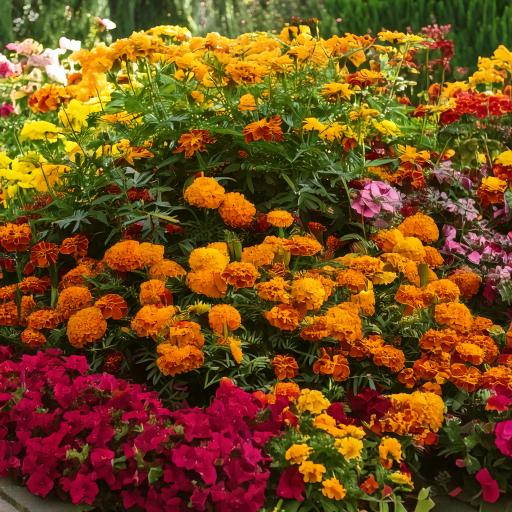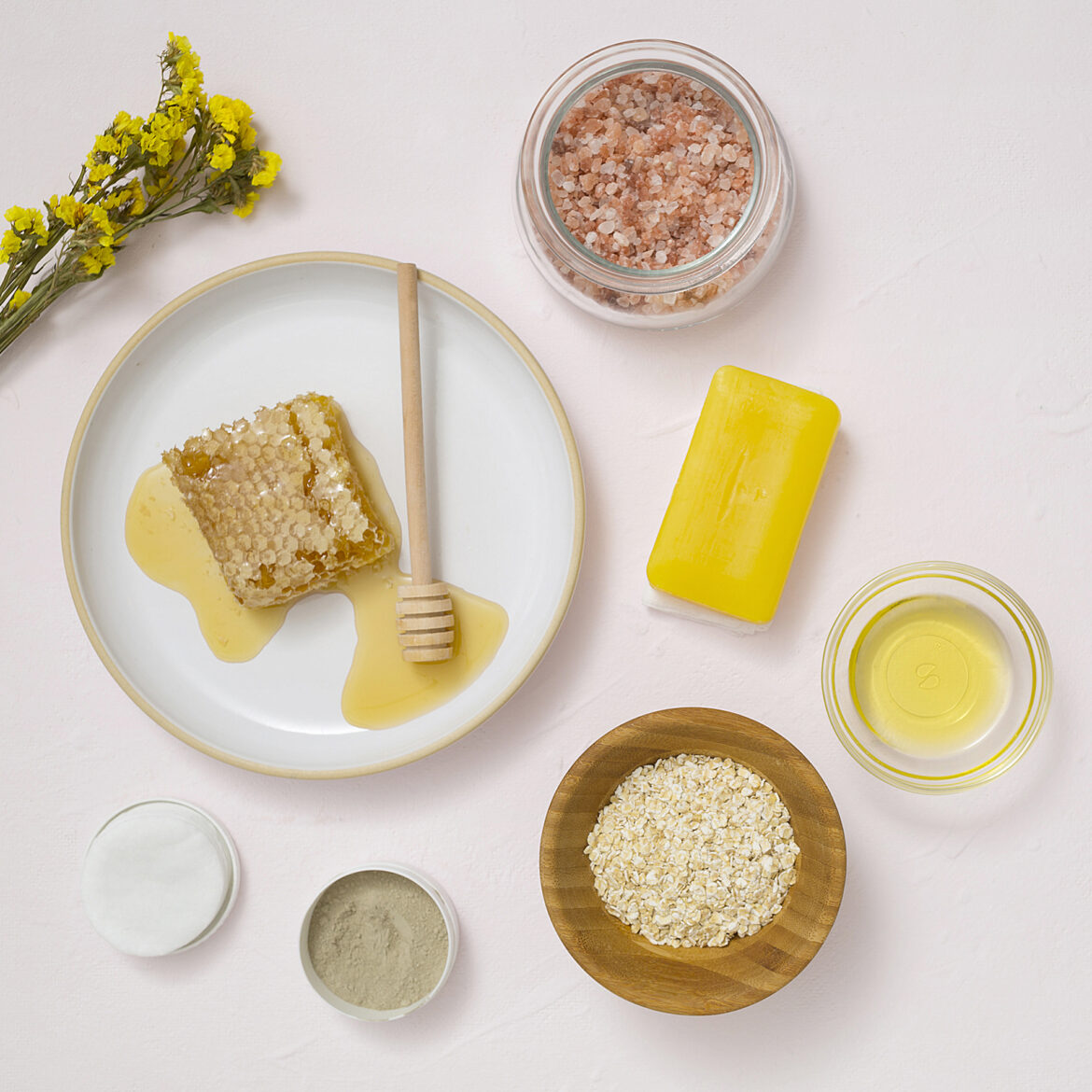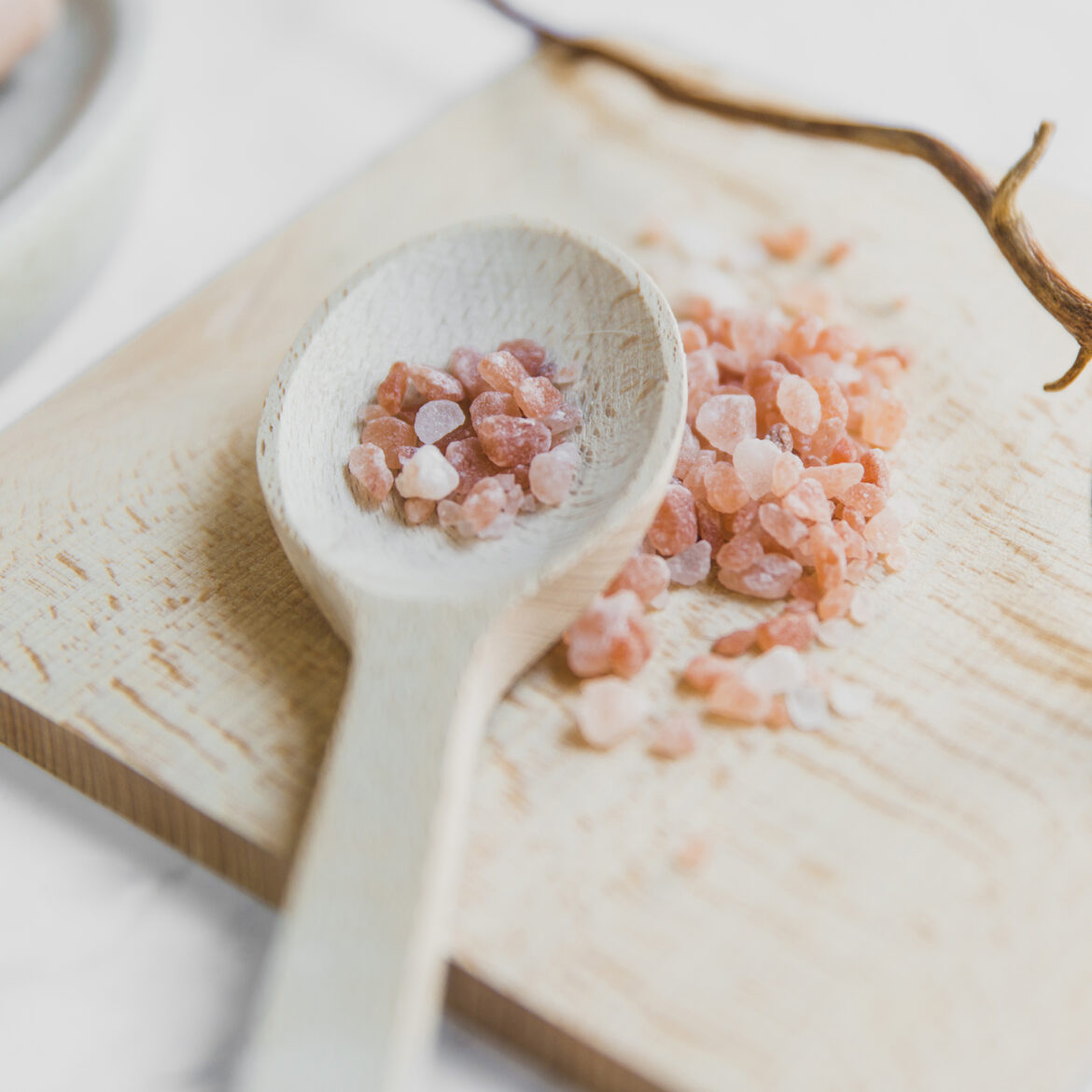Starting a Home Garden: A Beginner’s Guide to Green Living Gardening
Gardening is a rewarding hobby that connects you with nature while offering a sense of accomplishment. Whether you dream of growing fresh vegetables, colorful flowers, or lush greenery, starting your own garden at home is easier than you think. Here’s a step-by-step guide to help you create a thriving garden, even if you’re a beginner.
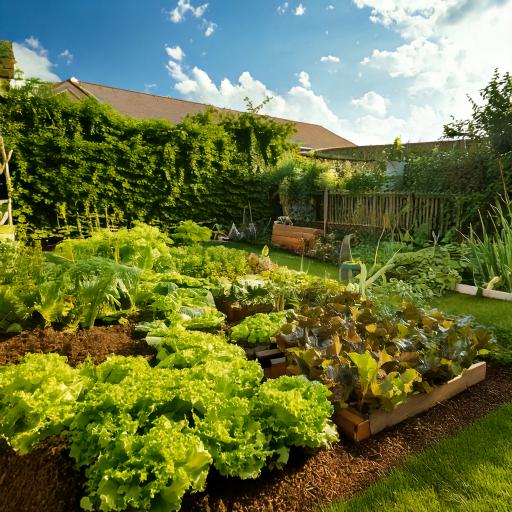
1. Choose Your Home Garden Type
Decide what type of home garden you want to grow. Options include:
- Vegetable Garden: Grow tomatoes, cucumbers, or leafy greens for fresh, organic produce.
- Herb Garden: Basil, rosemary, and mint are great for cooking and easy to maintain.
- Flower Garden: Add color to your outdoor space with marigolds, petunias, or sunflowers.
- Indoor Garden: Perfect for small spaces, you can grow succulents, ferns, or small fruiting plants like cherry tomatoes in containers.
2. Assess Your Space and Sunlight
Understanding your available space and the sunlight it receives is crucial. Observe how much sun your chosen area gets throughout the day. Most vegetables and flowers thrive in full sunlight (6–8 hours daily), while some plants, like ferns and hostas, do better in partial shade.
3. Prepare Your Soil
Healthy soil is the foundation of a thriving garden. Test your soil’s pH and nutrient levels using a soil test kit, available at gardening stores. If needed, enrich the soil with compost or organic matter to improve its fertility and drainage.
4. Pick the Right Plants for Your Climate
Research plants that are well-suited to your region’s climate and growing season. Local nurseries or gardening websites often provide lists of seasonal plants that thrive in your area.
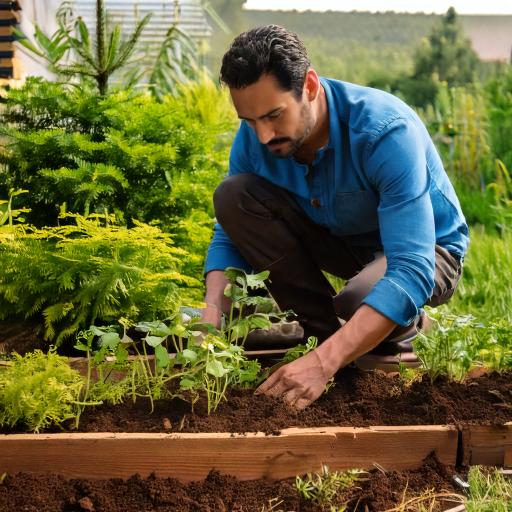
5. Gather Your Tools
Basic gardening tools include:
- Trowel
- Pruners
- Watering can or hose
- Gardening gloves
- Spade or shovel
Having the right tools makes gardening more efficient and enjoyable.
6. Start Planting
Follow these tips to plant successfully:
- Dig a hole slightly larger than the root ball of your plant.
- Gently place the plant into the hole and cover the roots with soil.
- Water thoroughly after planting to help the roots establish.
If you’re planting seeds, check the packet for specific instructions on depth and spacing.
7. Maintain and Care for Your Garden
Consistency is key. Water your plants regularly, but avoid overwatering as it can lead to root rot. Remove weeds that compete for nutrients and prune your plants to encourage healthy growth. Fertilize as needed to keep your plants nourished.
8. Enjoy the Benefits
Gardening not only enhances your outdoor space but also offers numerous benefits, including:
- Reducing stress and promoting mental well-being.
- Providing access to fresh, organic produce.
- Improving air quality around your home.
Starting a garden is a journey of learning and growth. With patience and care, your efforts will soon reward you with vibrant plants, fresh produce, and a renewed connection to nature. Happy gardening!


